PROTECT YOUR DNA WITH QUANTUM TECHNOLOGY
Orgo-Life the new way to the future Advertising by AdpathwayAnnual herbs, although they require planting, are easy-to-grow species. They rush to mature, developing from small seedlings into full, adult plants in a few weeks. Cilantro is one such herb. It’s an excellent choice for tucking into small spaces between broccoli, carrots, and leafy greens.
Cilantro, botanically Coriandrum sativum, prefers cool, chilly weather to grow in. Though it pairs nicely with tomatoes and peppers, it’s happier growing at the same time as cool-loving species like cole crops, spinach, and mâche.
Long Standing Santo Cilantro

Long Standing Santo Cilantro / Coriander Seeds

Moroccan Cilantro / Coriander
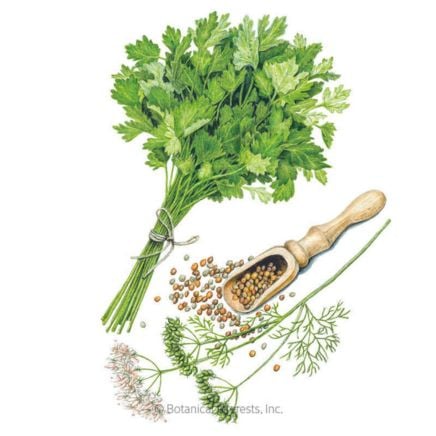
Moroccan Cilantro / Coriander Seeds
7 Cilantro Growing Tricks
We’ll use a few techniques to ensure your cilantro crop stays in its leafy, vegetative form as long as possible throughout the summer. Hot, dry weather encourages bolting, in which a central stalk shoots into the air with flowers. As the stalk grows, the leaves change from wide and flavorful to frilly and bitter. Discourage bolting with these expert growing tricks.
Sow Thickly
 Sow thickly to shade the soil and keep it cool.
Sow thickly to shade the soil and keep it cool.Unlike perennial herbs that need lots of space, annuals like cilantro tuck in neatly next to other seedlings, vegetables, and wildflowers. You may disregard their seed spacing requirements altogether. Simply sow as many seeds as possible in rows, circles, or mounds.
As the seedlings pop up, you can harvest the fresh foliage to leave room for the other seedlings to grow. With consistent harvesting and planting, you’ll create a stand full of cilantro that lasts all summer long. The empty spaces from harvesting will allow the budding seedlings to fill the area.
A thick sowing can also help shade the soil later on in the growing season. The ample leaves and stems protect the soil, keeping it cool despite warm temperatures and intense sunlight.
If you’d like to grow this herb for its seeds, which make the spice coriander, you’ll want to give the plants some space from each other. Once they start bolting, thin the stands so one cilantro plant remains every six inches.
Plant at the Right Time
 This crop is best sown in the spring and fall.
This crop is best sown in the spring and fall.Unlike basil, cilantro grows best in the spring and fall in most regions. It’s not a summer crop; it’ll bolt shortly after planting if you sow it in midsummer. Instead, grow plants in the periods before and after summer when rainfall becomes more frequent and temperatures are lower at night.
Cilantro performs well alongside other cool-loving crops like carrots, peas, and lettuce. Pair it with anise plants for an herbal combo that may repel insect pests. Or, sow it alone in hanging baskets and containers near your doorway for easy harvesting.
Cilantro performs exceptionally well next to nitrogen-fixing plants like peas, beans, and clovers. The nitrogen fixers partner with bacteria underground that turn atmospheric nitrogen into a form that plant roots can absorb and use. The more nitrogen that’s present, the less fertilizer you’ll have to use.
Water Often!
 Provide plenty of moisture to keep your cilantro yielding all summer long.
Provide plenty of moisture to keep your cilantro yielding all summer long.Like other cool-lovers, cilantro requires plenty of moisture to prevent bolting and flowering. Water as often as necessary to maintain a consistently moist site. You want the soil to be as moist as a wrung-out sponge. When you grasp a clump of it and squeeze, some water should come out.
Plants need water to grow, but they also use it to cool themselves down. They take water up in their roots and release it from the leaves, which also releases excess heat. This process, called transpiration, is similar to how we humans sweat to cool ourselves down. The more moisture that’s present in the soil, the more plants will survive despite heat waves, droughts, and excessive sunlight.
To water, use drip irrigation systems, overhead sprinklers, a watering can, or a watering hose on low pressure. Use low pressure because the tender fronds can bend over and snap from too much force. Water the soil instead of the leaves for the best results.
Shade the Soil
 The roots will stay cooler under mulch.
The roots will stay cooler under mulch.Alongside consistent moisture, covering or shading the soil will help cilantro roots stay cool despite the summer heat. You don’t want to shade the leaves, but you do want to shade the roots under the soil. The leaves require full sun to thrive, growing well with between three and eight hours of daily direct sunlight.
To shade the soil without shading the herbs, use an organic mulch that you can pile around them. An amendment like compost, leaf mold, or straw will both protect and feed the soil. As it breaks down, it adds nutrients to the site. The organic matter it contains boosts the drainage, structure, and water-retentiveness of the earth.
Another clever way to shade the ground is with taller plants. Sow cilantro underneath tomatoes, peppers, and beans, and let their leaves poke out from under them. The trick is to shade the ground while also delivering plenty of direct sunlight to your herbs.
Make Successive Plantings
 Sowing multiple rounds of cilantro ensures a consistent supply all summer.
Sowing multiple rounds of cilantro ensures a consistent supply all summer.Annuals sprout, flower, and die in the same year. Some do so in a single season! You can outsmart annuals’ growing habits by planting them successively over many weeks. This trick, called “succession planting”, will give you fresh leaves to snip so long as sunshine is abundant during the growing season.
For cilantro, make successive plantings every three weeks until about a month before your first average frost date in autumn. As the last planting bolts and sets seed, you’ll have fresh seedlings to take their place.
You can successively plant cilantro in containers, raised beds, and in the ground. If you live in a mild climate without winter frosts, the herb will perform better as a winter crop than a summer one. Sow seeds in the fall, and continue sowing seeds every three weeks until summer heat arrives the next year.
Watch for Bolting Stalks
 Cut off the bolting stalks, or leave them to harvest coriander seed.
Cut off the bolting stalks, or leave them to harvest coriander seed.The number one thing to watch for is bolting stalks! Bolting is a method that annuals use to produce flowers and seeds for easy dispersal. The tall, flowering stems grow seeds that scatter far and wide when they fall.
Though bolting leads to coriander seed production, it zaps the leaves of their flavor and makes them unusable for meals. The white flowers, however, are also edible! Snip them off and dust them on salads for a cilantro-like punch of flavor.
Some sources say to snip the flowering stalks off to prevent bolting—this trick isn’t that helpful, as the annuals will send up more flowering stalks shortly after you snip the first ones. To maintain a fresh source of cilantro leaves, practice succession sowing for a consistent supply.
Harvest Leaves and Seeds
 Regular harvesting prolongs the leafy production.
Regular harvesting prolongs the leafy production.Consistent harvesting helps prevent bolting by encouraging leaves and stems to grow instead of flowers and seeds. As you remove the leaves, the plants must grow more to maintain optimal energy, water, and nutrient levels.
When you forget to harvest the plant, it thinks it’s mature enough to start bolting. It’ll use the ample leaves it has to convert sunlight into energy and start growing flower buds. Harvest to prevent this. Let the seedlings grow to six inches, then cut them back to an inch tall. They’ll produce dozens of new leaves to compensate for the ones you removed.
If you’d instead like coriander seeds instead of cilantro leaves, let your herbs flower and seed as they normally would. Once the seeds are turning brown and the plants begin dying back, you can cut them down and hang them in paper bags. The seeds will drop to the bottom of the bags, where you can easily collect them.
To use coriander, grind it up with a spice blender, coffee grinder, or a normal blender. Keep the ground powder in an airtight container in a cool, dark place like a pantry. Coriander is an exquisite spice that works well with beans, meats, and curries.
Key Takeaways
- Cilantro and coriander are two parts of the same plant. Harvest the leaves for cilantro and the seeds for coriander.
- Keep cilantro yielding all summer long by mulching, watering, and harvesting regularly.
- Annual herbs fit in small spaces. Tuck the seeds between crops, in flower beds, and throughout your borders.
- Consistent moisture, cool temperatures, and direct sunlight are imperative for peak cilantro production.
- Gardeners with winter frosts should grow this herb in the spring or fall, while those with mild climates may sow seeds in fall for winter harvests.
Frequently Asked Questions
Yes, it’s safe and non-toxic for cats. It’s also non-toxic for horses and dogs and grows well on farms where these animals are present.
They resemble flat-leaf parsley when young. They have broad, toothed leaves and green stems. After flowering, they grow lacey, fern-like leaves and white flowers in clusters. The flowering stems may reach two feet or higher.
Though they won’t harm each other, these two herbs require different growing conditions. Basil loves heat and sunshine, while cilantro prefers cool weather. Consider growing them separately.


 4 months ago
80
4 months ago
80
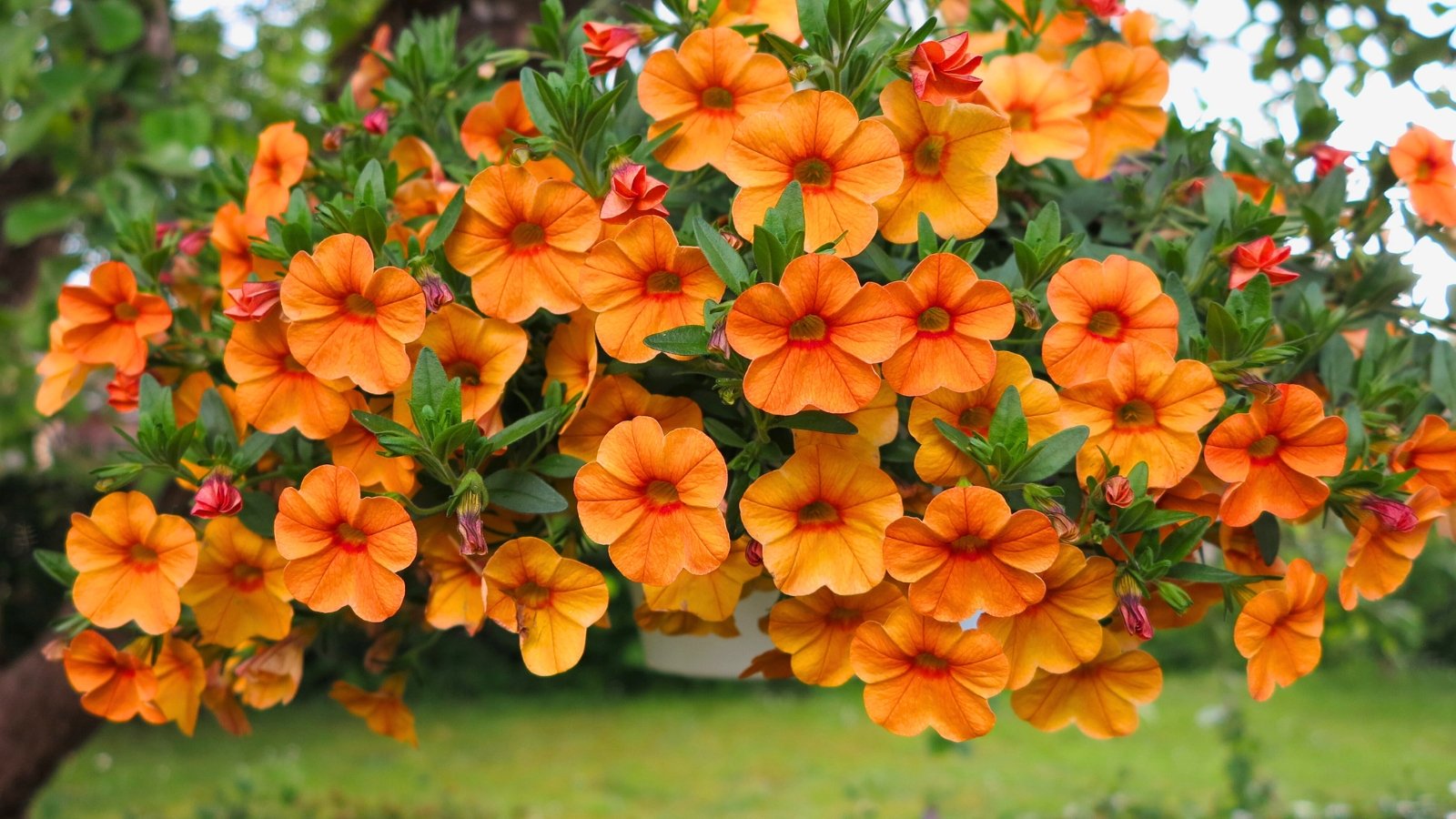
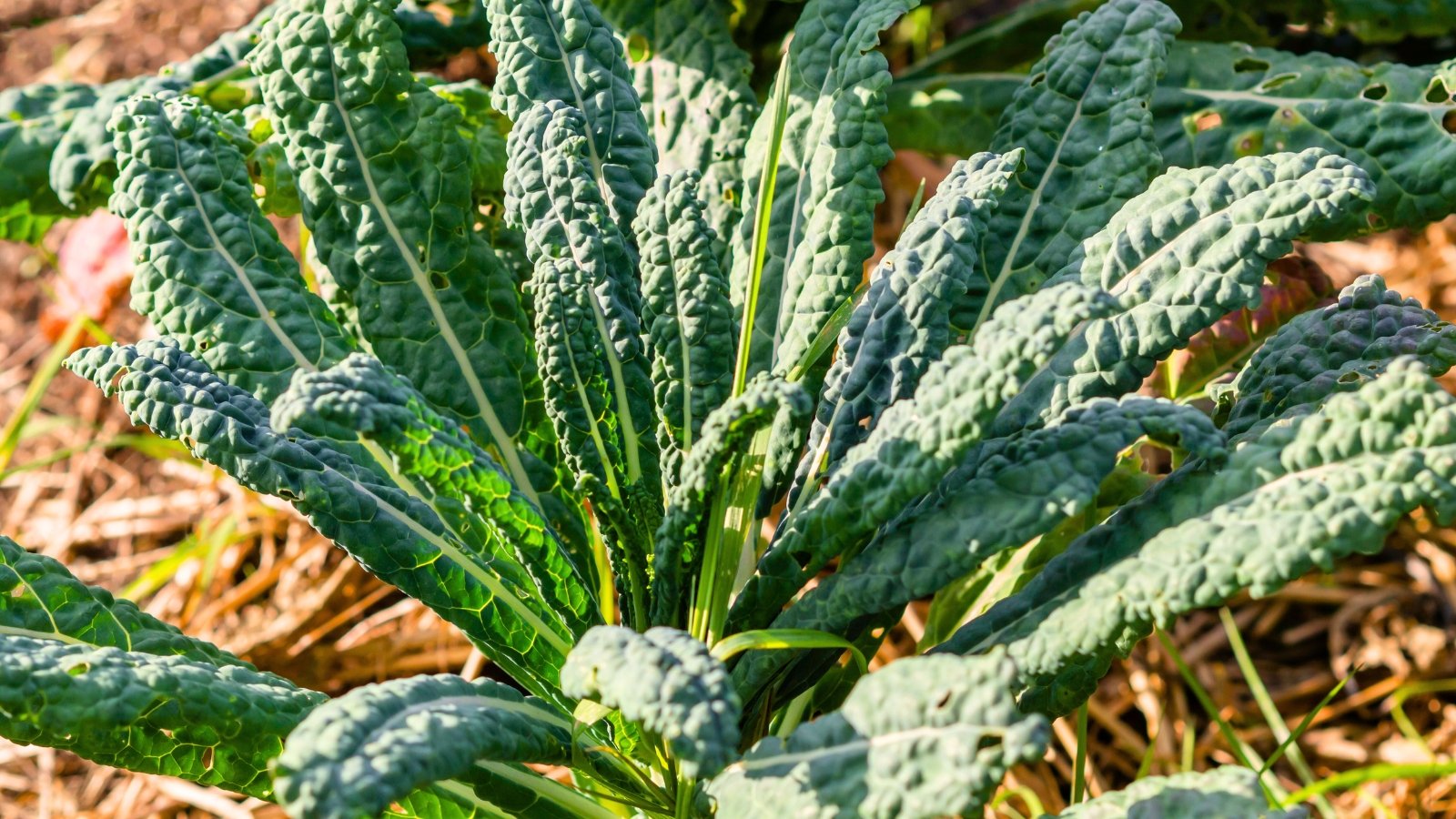
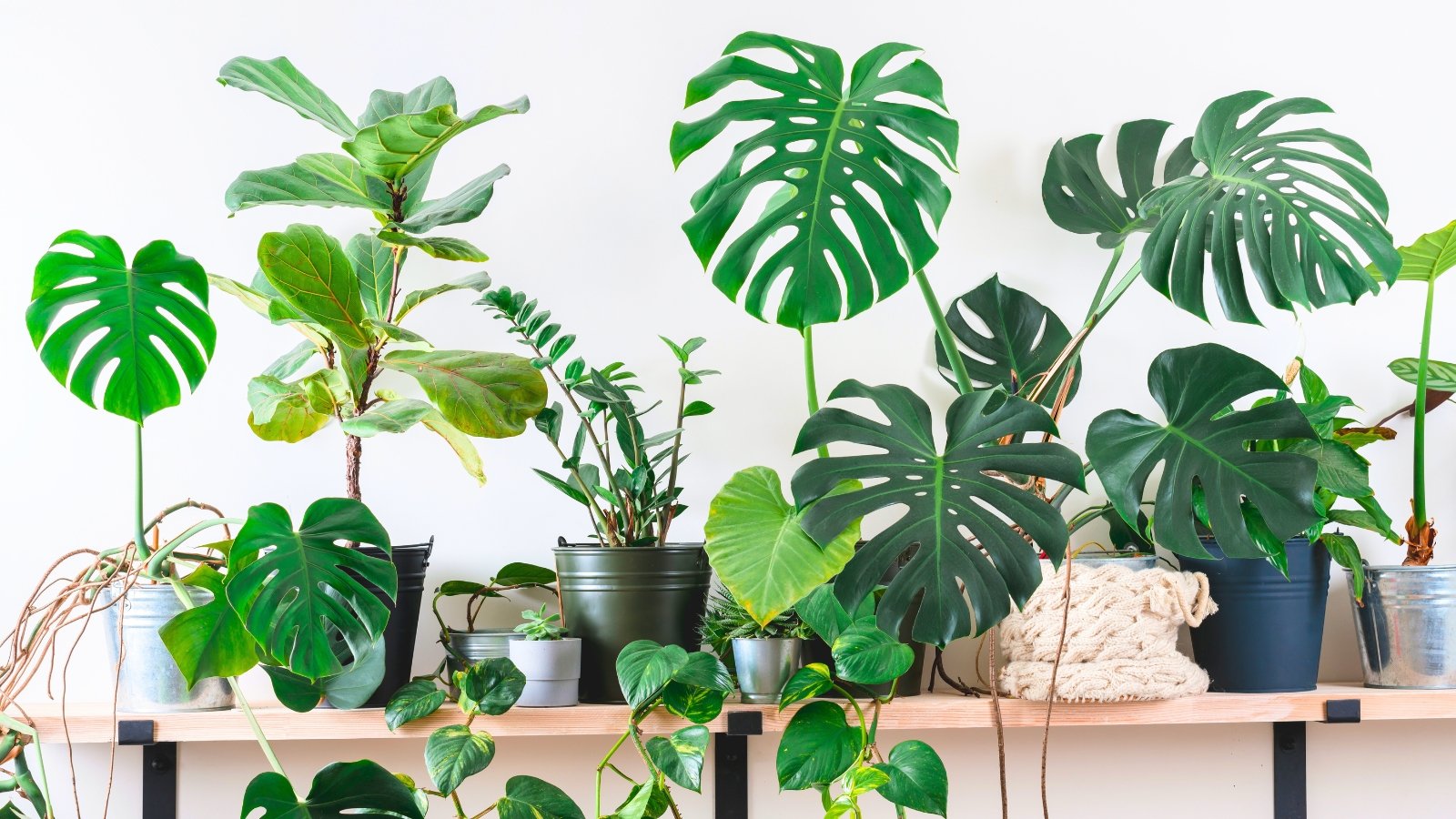
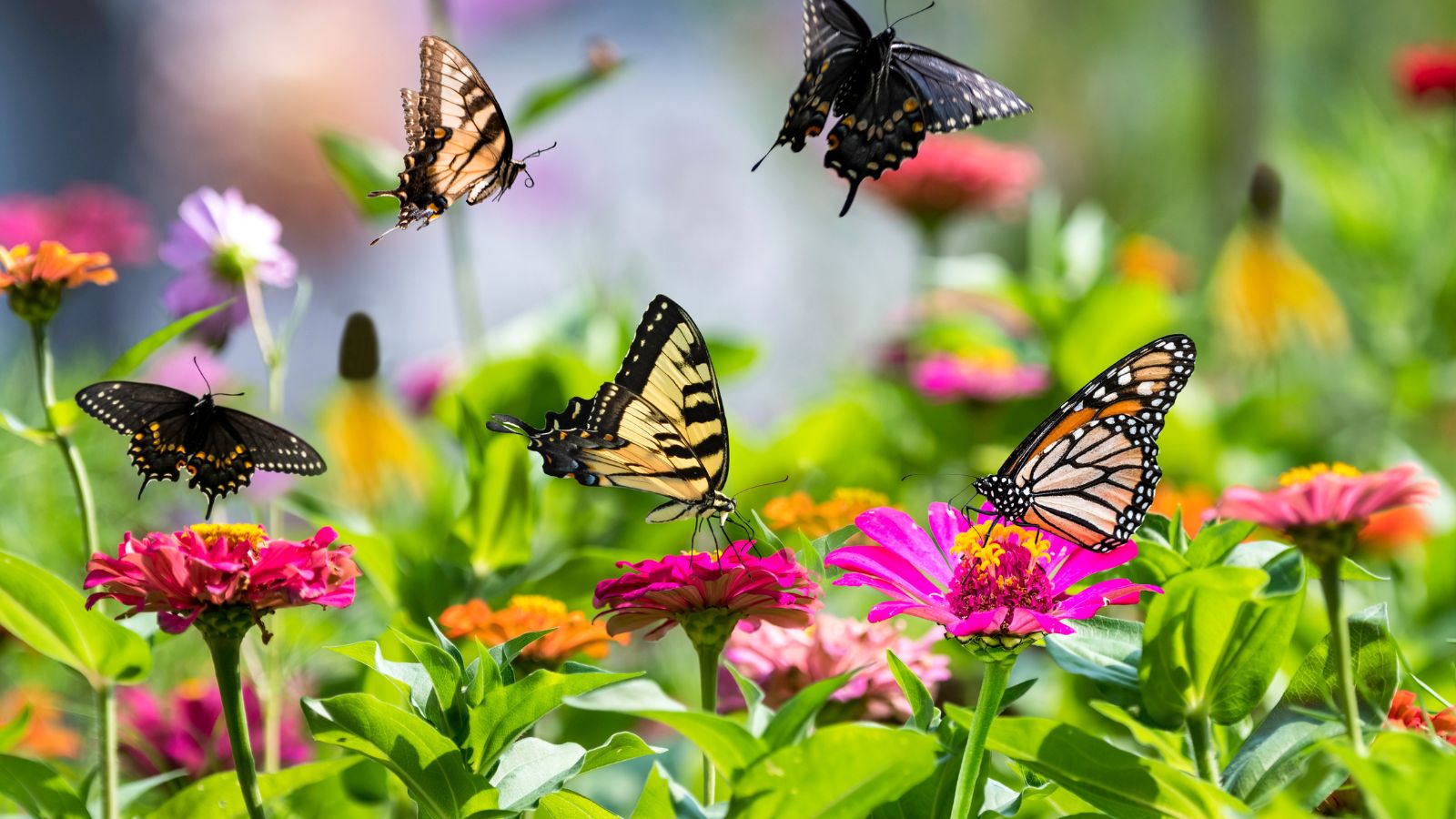

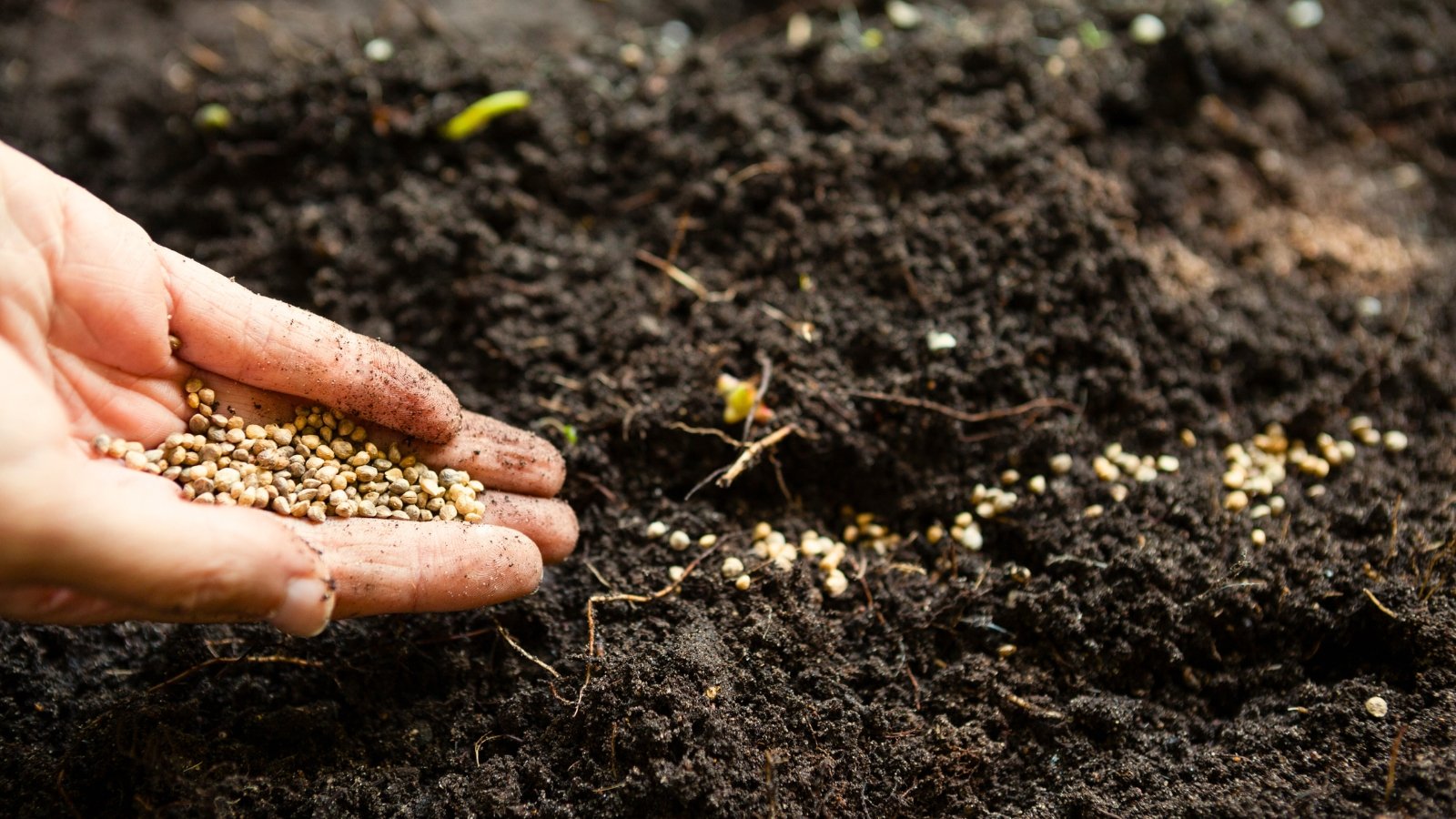















 English (US) ·
English (US) ·  French (CA) ·
French (CA) ·